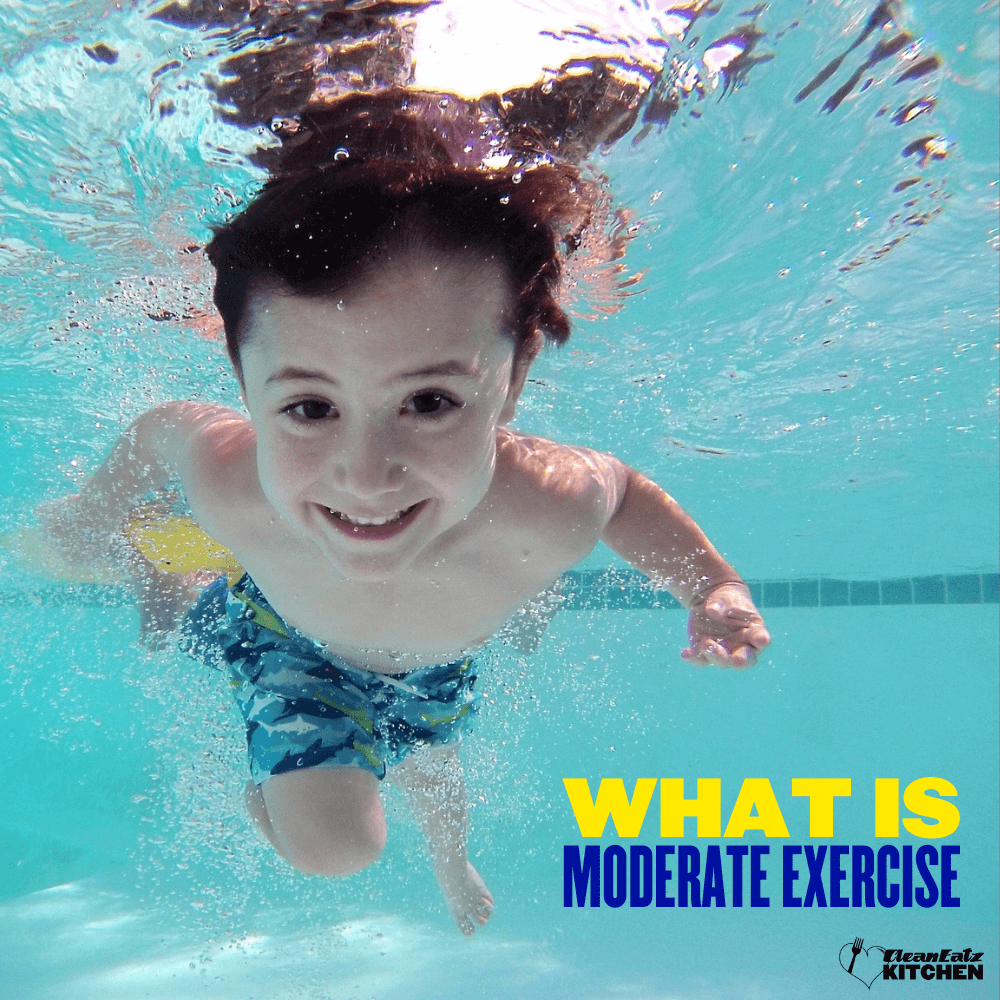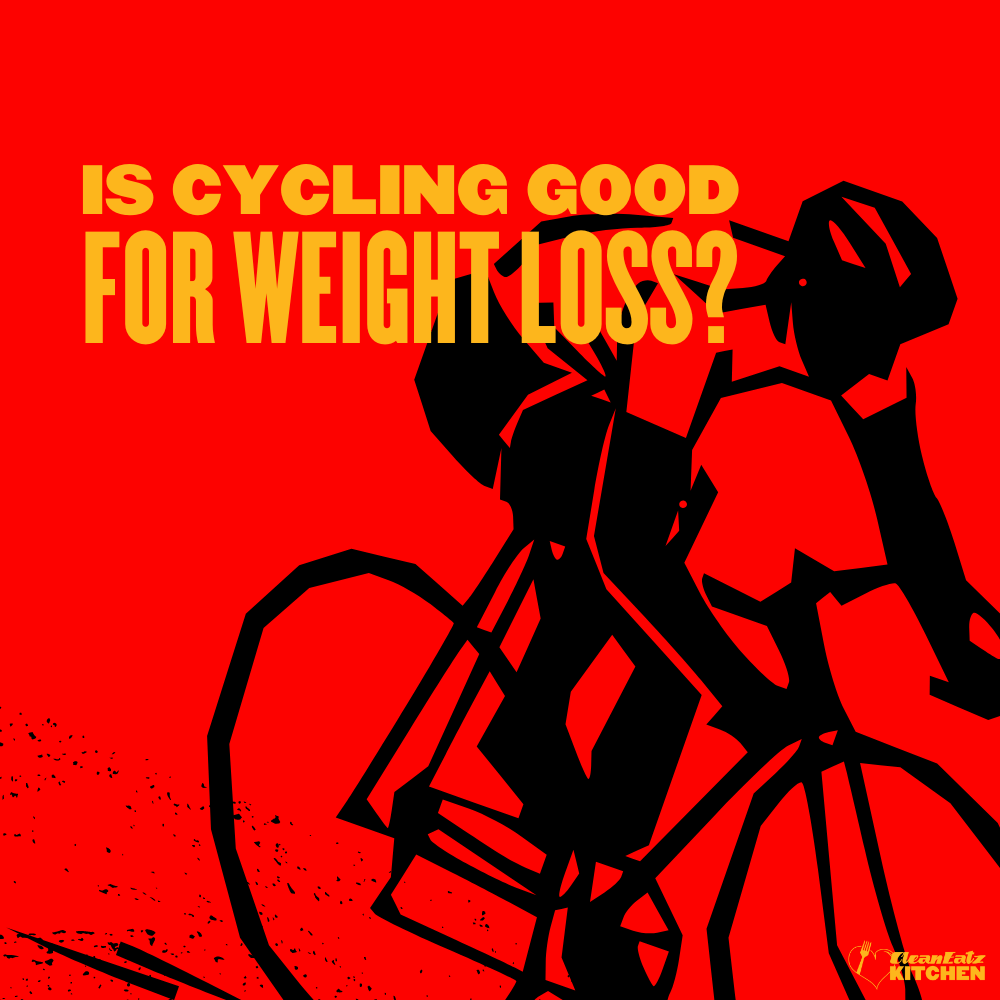
What Is Moderate Exercise: A Guide to Health and Fitness with Need Physic
Jason Nista
Exercises & Fitness
7 minute read
If you're new to the realm of adult physical activities, it's important to avoid starting with strenuous and demanding exercises. Overloading your muscles can significantly increase the risk of serious physical injury. Therefore, it's highly advisable to create a fitness plan that primarily consists of moderate exercises as you gradually progress to more challenging levels for better results.
If the term 'moderate exercise' seems unclear, don't worry. We're here to provide you with a comprehensive understanding of what adult physical activities entail and how they can be advantageous. This not only enriches your knowledge about fitness and exercise but also assists you in designing more effective personal exercise regimens that are likely to yield desirable outcomes.
With that said, let's not delay any further and dive straight into the guide!
What Constitutes Adult Physical Activities and Their Benefits?
Adult physical activities encompass any engagement that elevates your heart rate and breathing, such as brisk walking, jogging, swimming, cycling, dancing, or playing tennis. Engaging in these activities can offer significant benefits, including enhanced heart health and a reduced risk of various health issues like heart disease, stroke, type 2 diabetes, and different forms of cancer. Additionally, adult physical activities can serve as a stress reliever, mood enhancer, and energy booster.
Now, you might be wondering how much adult physical activity is required to enjoy these advantages. The good news is that most individuals can engage in moderate adult activities without much difficulty.
You don't need to spend endless hours at the gym or endure lengthy treadmill sessions. In fact, something as simple as a 30-minute brisk walk daily can qualify as a moderate amount. As your physical capabilities improve, you can gradually extend the duration of your adult physical activity routine to achieve more promising results.
What Equipment Is Necessary for Adult Physical Activities?
For adult physical activities, you won't require an extensive array of equipment. Basic essentials include a good pair of sneakers, comfortable attire, and a water bottle. However, depending on the specific activity you choose, you may opt for additional items to enhance the efficiency and effectiveness of your workouts.
For instance, if you're into jogging or running, a jump rope or yoga mat can prove highly beneficial. Cyclists might consider investing in an extra bike saddle and helmet. In the context of strength training, essential items include resistance bands and free weights, particularly if you're a committed gym-goer aiming for optimal results. If desired, you could even explore the option of engaging a personal trainer to tailor your regimen to your specific fitness goals.
Ultimately, the choice of equipment is a matter of personal preference and your unique requirements. Take the time to assess what gear would best serve your fitness objectives.
Examples of Adult Physical Activities at a Moderate Intensity
If you're keen on establishing a routine of adult physical activities, you have a variety of options at your disposal. Here are three instances of adult physical activities with moderate intensity:
- Brisk walking - This is a highly accessible form of exercise that can be performed anywhere. Aim for a pace of around 5 kilometers per hour for 15 minutes every other day.
- Swimming - Swimming effectively elevates your heart rate while burning calories. It's also gentle on the joints, making it a suitable choice. Try swimming for 10 to 15 minutes every other day.
- Cycling - Cycling is an excellent way to enjoy fresh air and exercise. It's especially appealing if you have access to bike-friendly trails or paths. Attempt cycling for 15 minutes at a moderate intensity every other day.
Select the activity that aligns with your preferences and incorporate it into your weekly schedule.
How Much Physical Activity Is Ideal for Adults?
Achieving and maintaining good health hinges on finding the right balance of physical activity for adults. The general recommendation is to target a minimum of 30 minutes of moderate exercise, five days a week. However, it's crucial to identify the optimal level of physical activity that aligns with your body and lifestyle, often referred to as the "sweet spot."
To determine this, consider these three key factors:
1. Gradual Progression: Research indicates that, irrespective of your current fitness level, there's no need to immediately delve into high-intensity activities. Instead, you can initiate your fitness journey with shorter bursts of activity (less than 10 minutes) and steadily extend the duration over time.
2. Age and Health Considerations: Depending on your present health status and age, you might need to adapt your physical activity regimen accordingly. If you have underlying medical conditions, it's advisable to consult a healthcare professional before embarking on any physical activity.
3. Listen to Your Body: Avoid overexertion and aim for a harmonious balance between challenge and rest. Unlike certain exercise modalities, your goal should be relaxation rather than fatigue. Pay close attention to any discomfort or pain during physical activity, and determine what works best for you and your lifestyle. Sometimes pushing a bit harder can yield significant health benefits, but there are instances where moderation is more appropriate. Prioritize what provides the most advantages without overdoing it.
By identifying the optimal amount of physical activity that suits you, you can establish an enjoyable routine that aligns with your lifestyle and helps you achieve your health objectives.
Tips for Commencing Adult Physical Activity
Ready to commence your journey towards a more active lifestyle? These tips will undoubtedly enhance the effectiveness of your exercise plan, yielding better results in no time:
1. Start Gradually: There's no need to leap into strenuous workouts immediately. Begin with enjoyable and relaxing activities.
2. Realistic Goals: Avoid attempting too much too soon; set achievable goals that can be progressively built upon.
3. Appropriate Gear: Invest in comfortable attire and high-quality footwear to facilitate ease of movement, prevent injuries, and minimize discomfort.
4. Progress Monitoring: Keep a record of your exercise frequency and the types of activities you engage in during each session. This will bolster motivation and provide visibility into your long-term progress.
Final Thoughts
In conclusion, moderate exercise encompasses any physical activity that elevates your heart rate and prompts slightly increased respiration. It need not be overly intense or demanding and can encompass a range of activities, from brisk walking to light cycling. As you commence your exercise journey with the optimal workout routine that includes suitable moderate activities, you will gradually experience the numerous benefits associated with adult physical activity.
Moreover, if you're striving for accelerated results within a shorter timeframe, we highly recommend complementing your exercise regimen with a balanced diet plan. In this regard, we'd like to introduce you to Clean Eatz Kitchen. Clean Eatz Kitchen is prepared to deliver your favorite meals right to your doorstep, ensuring that your body receives the requisite nutrients to sustain energy and vitality during your adult physical activities.
FAQ
What is the recommended daily water intake for adults?
The general guideline is to drink at least 8 cups, or about 2 liters (64 ounces), of water per day, but individual needs may vary based on factors like activity level and climate.
How often should I replace my toothbrush?
It's advisable to replace your toothbrush every 3 to 4 months, or sooner if the bristles appear frayed. A fresh toothbrush helps maintain effective oral hygiene.
What's the difference between a debit card and a credit card?
A debit card allows you to spend money directly from your bank account, while a credit card lets you borrow money with the promise to pay it back later. Debit cards use your funds, while credit cards involve credit extended by the card issuer.
Related Articles
The Effectiveness of Running for Weight Loss
7 minute read
Is Cycling Good for Weight Loss?
6 minute read



